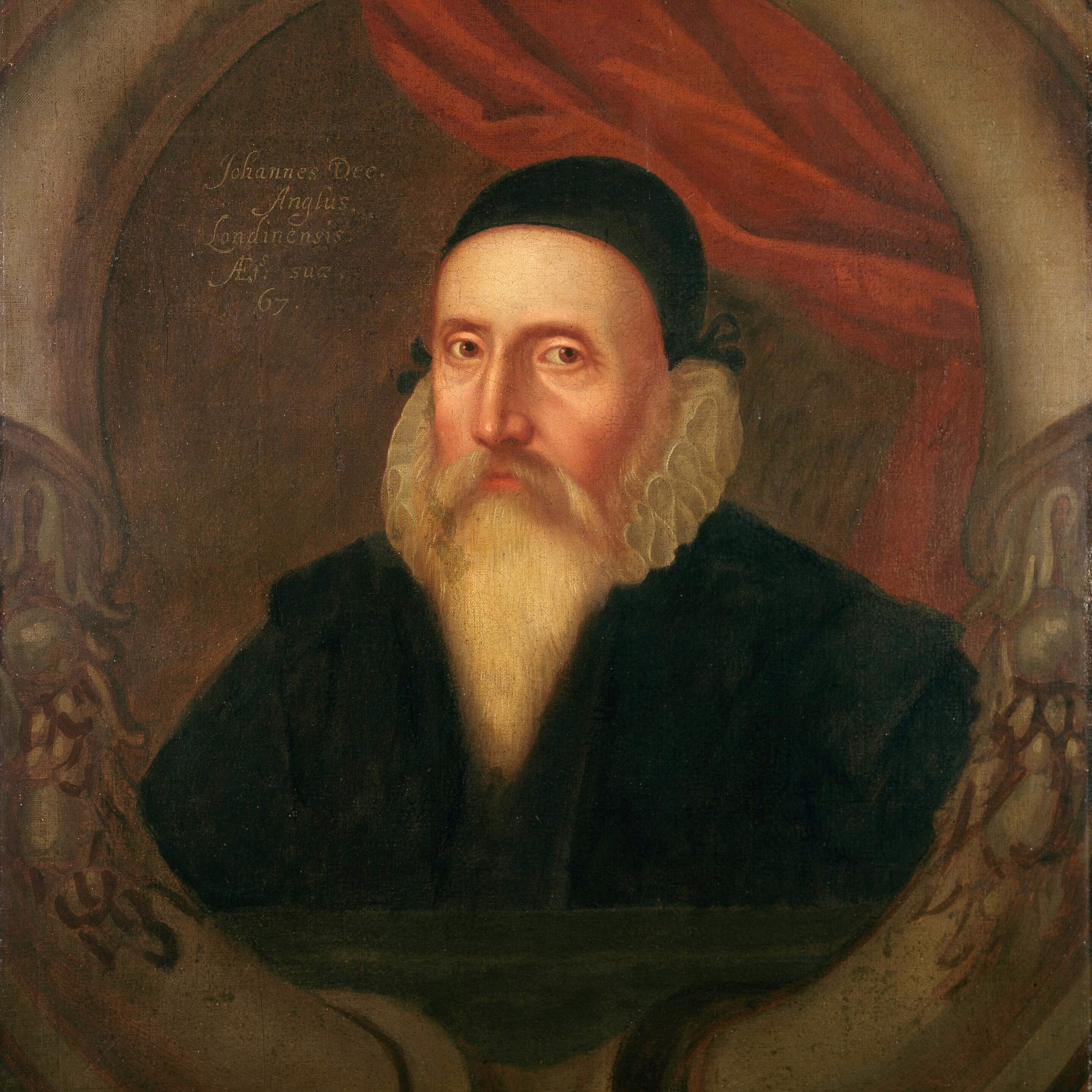On This Day: John Dee
We find ourselves in conflicted times – Manichean days, where battle lines are routinely drawn and in all walks of life, it seems, we must choose: are you with us, or agin us? Are you Left or Right? Capitalist or communist? Pro-Europe or Anti-Europe? And nowhere is this seen more starkly than in the relationship between science and religion.
How strange to think that there was a time – not so very long ago, really – when the callings of science and alchemy were seen very much as two sides of the same coin. The corridors of power echoed to the feet of those who were both astronomer and astrologer, scientist and occultist, mathematician and thaumaturge. And the greatest of these was Dr John Dee: mathematician, astrologer, cartographer, Hermetic philosopher and adviser to Queen Elizabeth I.

As noted in his entry in The Encyclopedia of Science Fiction:
Along with figures like Roger Bacon, he is an underlying model for later generations of the magus: half-Scientist, half-sorcerer. Because Dee stands on the cusp of worlds, and because of the passion with which he attempted to arrive at the truth behind the sleep of matter, he has attracted some attention over the centuries, though his reputation was put into eclipse for a century after the publication of William Godwin’s Lives of the Necromancers (1834), which vilified him.
A figure like that, of course, is going to prove irresistible to more than a few writers. John Dee appears in Michael Moorcock‘s Gloriana; or, The Unfulfill’d Queen; John Crowley‘s Aegypt sequence, comprising Aegypt, Love and Sleep, Daemonomania and Endless Things; Lisa Goldstein‘s The Alchemist’s Door; and Liz Williams‘ The Poison Master, to name but a few.
A contemporary of Elizabeth I, Shakespeare, Walsingham, Francis Bacon and Robert Dudley, who’s also an alchemist, a cartographer, navigator and astronomer? Sounds like an HBO television series just waiting to be made . . .

